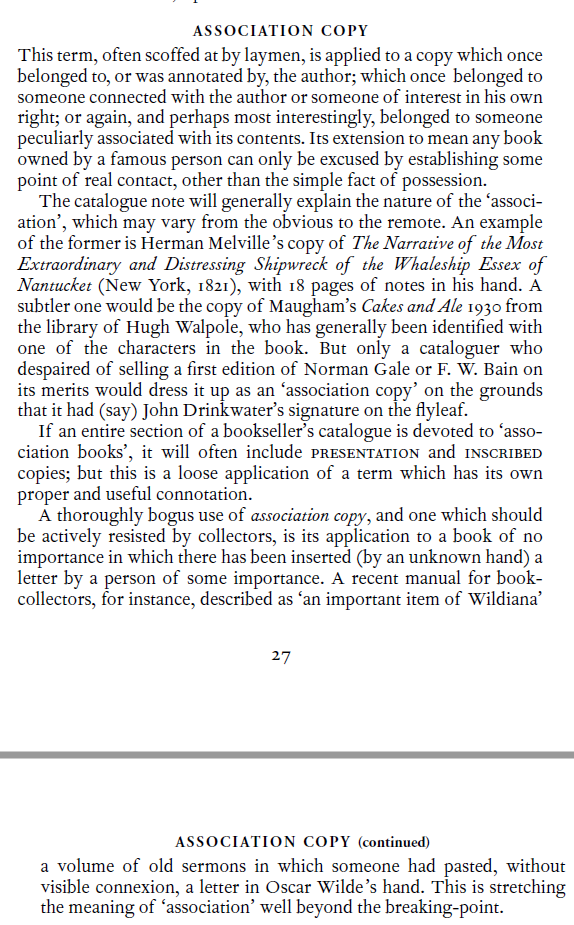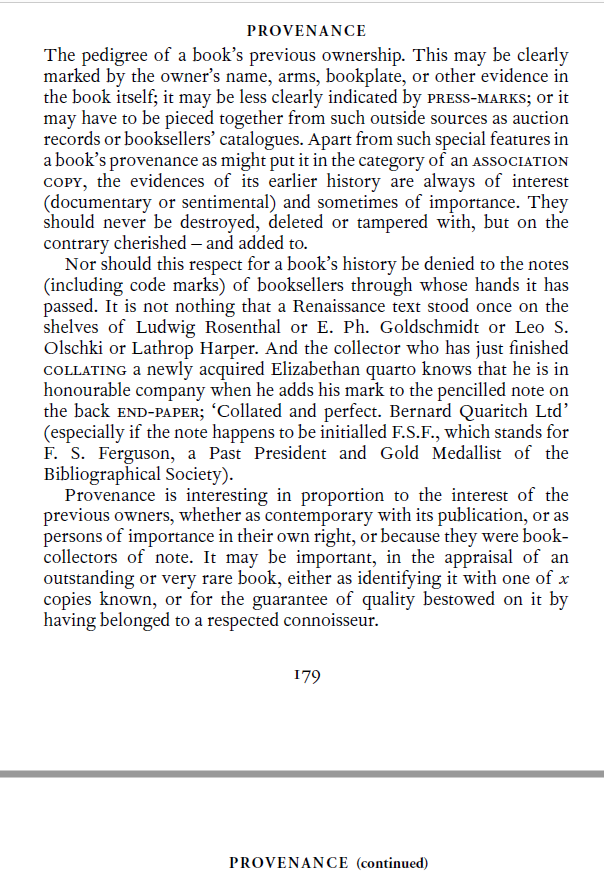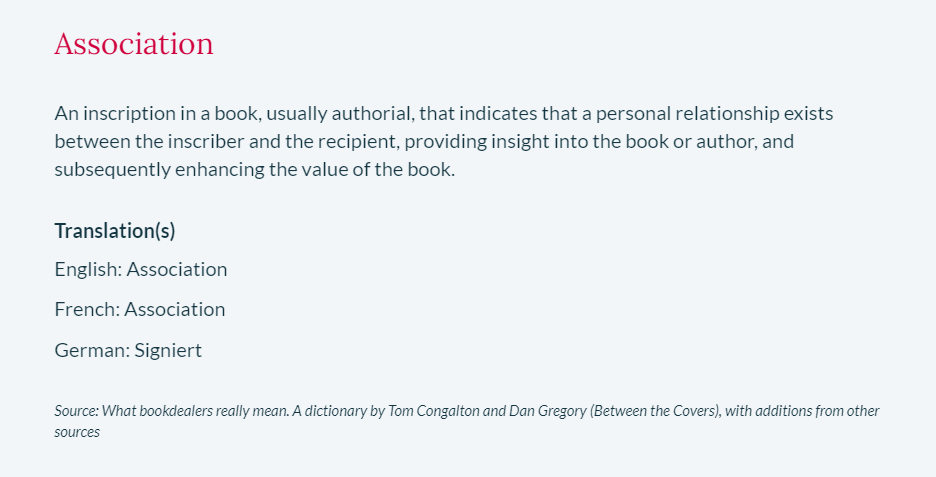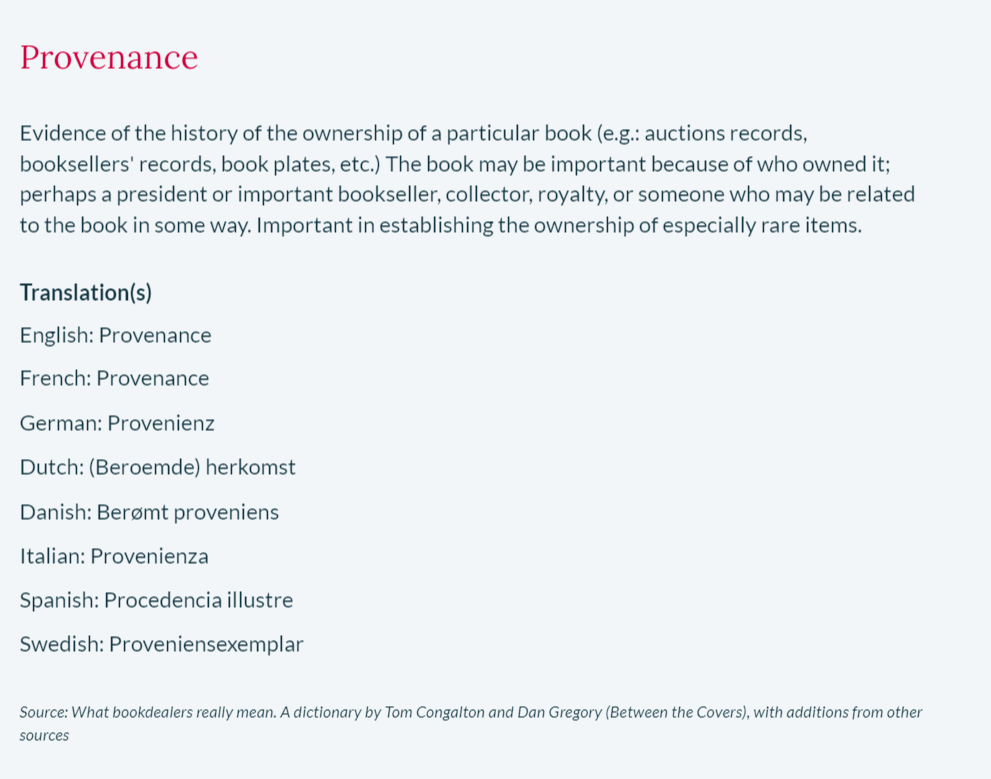In 2021, after more than a decade of public acknowledgements of the growing inequality between the poor and the wealthy, the concepts of illegitimate and legitimate ownership of any particular culture, however intangible, have acquired visceral ethical implications in everyday life which transcend academic research on cultural appropriation in postcolonial studies and related fields. Ownership of a particular culture has been essentialized to protect at least the possession of our immaterial property, that is: intangible cultural heritage, against the absolute logic of market capitalism in the neoliberal age. Against this backdrop, any investigation of the border-crossing mobility of manuscripts in Arabic script raises the question how contemporary best practices for acquisition and collection management inform our interpretation of the available evidence whether past acquisitions were spoils of war, stolen goods, gift giving, or legitimate commercial transactions.
The question is particularly acute for manuscripts in Arabic script which are nowadays held in private collections and public memory institutions outside Muslim majority societies. The depth of the historical collections of manuscripts in Arabic script in the former imperial capitals of Paris, London, or Vienna is well known. Even regional European libraries hold small, though important Islamic collections, like those in Hamburg, Munich, and Bologna which were acquired as part of the private libraries of Albrecht Widmanstetter (1506–1557), Abraham Hinckelmann (1652–1695), and Luigi Marsili (1658-1730), respectively. At the same time, the border-crossing mobility of manuscripts in Arabic script also occurred within the Islamic lands, between South Asia and North Africa, between the Balkans and Central Asia. Their circulation across the Islamic lands forces scholars to search for codicological and literary evidence that the manuscripts themselves were moving, and not the artisans. Art historians vigorously debate whether certain Persian bibliophilic codices were – despite the Safavid style of their calligraphy, illumination, figurative paintings, and bindings – the work of Ottoman or Mughal workshops. In contrast, the circulation of manuscripts in Arabic script outside the Islamic lands has turned into the proverbial elephant in the room. In the early 1870s, when traveling in the Arab provinces of the Ottoman Empire, Ignaz Goldziher (1850–1921) bought for the just founded Hungarian Academy of Sciences in Budapest only printed books because the foreign demand for manuscripts – as Goldziher had learned from his Arab colleagues – had made them too expensive on the book markets in Damascus and Cairo. About a century later, Edward Said (1935–2003) presented in Orientalism the steady flow of manuscripts from the Islamic lands to Paris and London – the beginning of which he dated to about 1800 – as evidence for the indebtedness of modern European philology to this displaced Arab-Islamic treasure trove of knowledge.
The international trade with manuscripts in Arabic script can be documented from the sixteenth century onwards with the historical holdings which have survived – against considerable odds – in contemporary collections in Europe and North America. I argue that the work of book dealers like Abraham Yahuda (1877–1951) has to be understood within this long tradition of highly educated middle men selling manuscripts in Arabic script to foreigners in order to make a living. However, at the current state of descriptive cataloguing, codicological evidence for the international book trade is often omitted from manuscript descriptions as research continues to focus on the manuscripts’ contents as well as on workshops, patrons, or owners. In other words, the agency of sellers and dealers has received much less attention. Taking advantage of the less charged research about commercial transactions with “western” books as hard-nosed, unsentimental business, it becomes possible to recognize the codicological evidence of the international trade with manuscripts in Arabic script and its impact on Middle Eastern and Islamic studies as practiced outside the Islamic lands since the Renaissance.
* Abstract of my contribution to the online symposium about A.S Yahuda and Islamic Manuscripts, originally scheduled for 1-3 June 2021 but now postponed to 2022 when it will be convened as an in-person event at Princeton University. The symposium is sponsored by Princeton University and the College of Charleston; for more information about the organizing committee, see the symposium’s website https://web.archive.org/save/https://yahuda.princeton.edu/symposium-2021/speakersandsponsors/.
Last corrected, 20 June 2021










